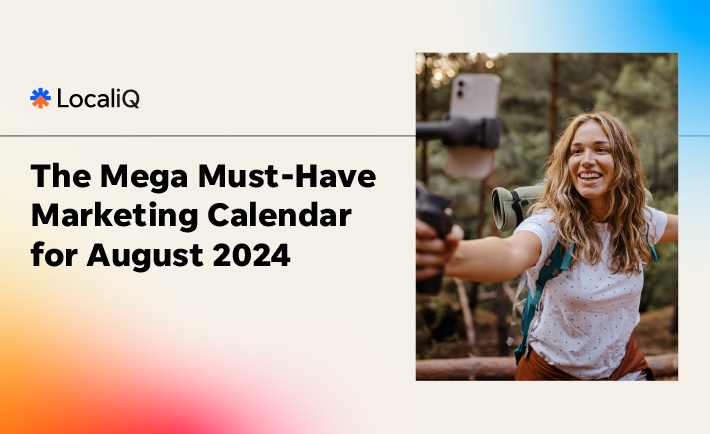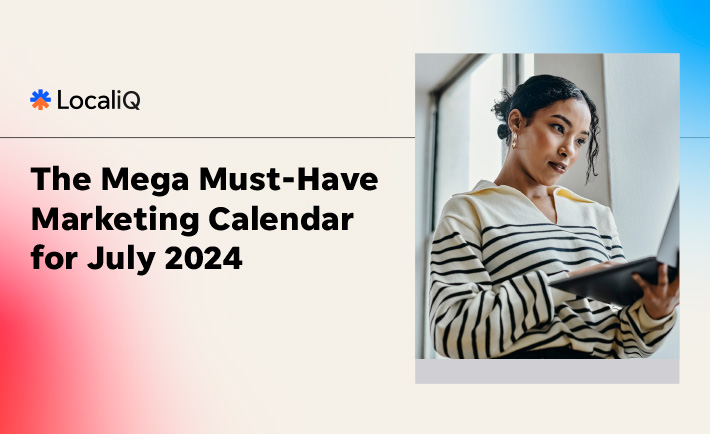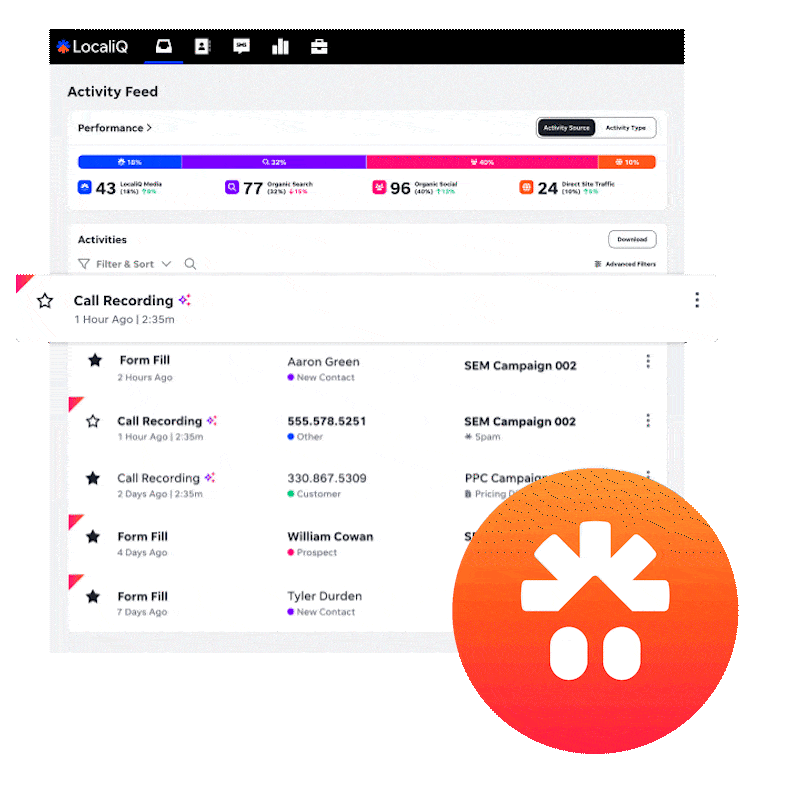Ad Doesn’t Convert? How to Fix Your Facebook Ads and Improve Conversion Rates
Is your Facebook ad campaign failing to deliver the results you expected? Are your ads not converting? Many businesses experience the frustration of running Facebook ads but do not see the desired conversion rates.
This article will delve into the common reasons your Facebook ads aren’t generating conversions and provide actionable strategies to fix them. Let’s explore what’s going wrong and how to optimise your Meta ads for better performance.
Understanding Low Conversions
Low conversions in Facebook ads can be a perplexing issue, especially when you’re investing significant ad spend. Before you start making drastic changes, it’s important to understand that a multitude of factors could be at play. Are the ads not aligned with your audience’s needs, potentially indicating issues with ads targeting? Is your landing page not optimised for conversions? We will cover the various reasons your Facebook ads are not converting, providing you with a comprehensive understanding of the problem and effective solutions to fix and boost your conversion rates. These reasons, when corrected, lead to higher Facebook ads conversions.
Common Reasons Your Facebook Ads Are Not Converting
Several common reasons can explain why your ad campaigns are not yielding the desired results, such as ad fatigue or targeting the wrong audience. These issues range from poor targeting to ineffective ad creative and landing page discrepancies, which can lead to ads but not seeing results. Often, the message in your ad doesn’t match what users find on your landing page, leading to distrust and abandonment. Also, faulty conversion tracking can severely skew your data, making it difficult to assess performance accurately when running ads. By identifying these common reasons, you can begin to optimise your Facebook ads for better outcomes.
Identifying the Wrong Campaign Objective
One of the most frequent mistakes is selecting the wrong campaign objective in Ads Manager. Meta provides various objectives like awareness, traffic, engagement, leads and sales. If you aim for conversions but choose a traffic objective, your ads will focus on driving clicks rather than conversions. Each objective tells Meta’s algorithm what to prioritise, influencing who sees your ads and how they behave. Selecting the right campaign objective is fundamental for running ads effectively. to achieving desired results with your social ads.
Targeting the Wrong People
Targeting the wrong people is another significant reason ads don’t convert. Even with a compelling ad creative and an excellent landing page, if your ads are shown to an audience that isn’t interested in your product or service, you won’t see results. Review your audience demographics, interests and behaviors within your ad set. Make sure that your targeting parameters align with your ideal customer profile. Refine your audience to reach the right people who are most likely to convert and become customers with your Facebook ads.
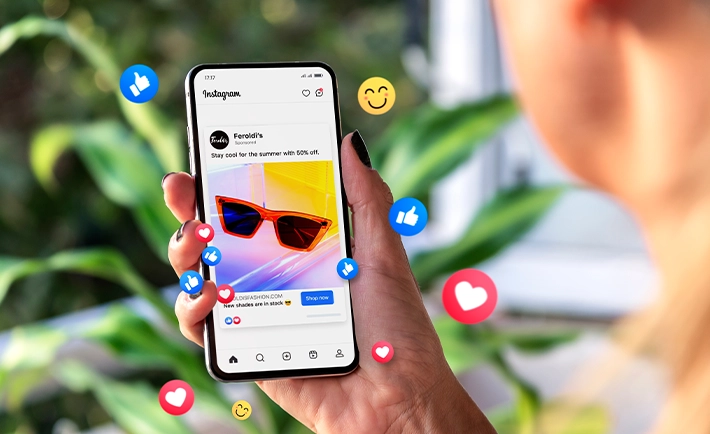
Optimising Ad Creative
Improving Your Ad Messaging
The ad creative is a crucial component of a successful ad campaign and the ad copy is a key aspect of that. Make sure your ad message is clear, concise and compelling. Highlight the benefits of your product or service and address the pain points of your audience. A strong call-to-action is essential; tell people exactly what you want them to do, whether it’s visiting your landing page, making a purchase, or signing up for a newsletter. If the ad message doesn’t resonate, it may be that your Facebook ads aren’t converting effectively.
Designing High-Impact Ad Creative
Visual appeal is essential. Use high-quality images or videos that are relevant to your ad and your landing page content. Eye-catching visuals can grab attention and communicate your message quickly, which is crucial for ads targeting a specific audience. Ensure that the creative elements align with your brand and appeal to your target audience. Testing different ad creatives can help you identify what resonates best with your audience, ultimately improving your conversion rates. Poor ad creative is one of the common reasons ads aren’t converting.
Testing Different Ad Formats
- Meta offers a variety of ad formats to reach your audience effectively. These include options such as:
- Image ads, ideal for simple and direct messaging.
- Video ads, which can be more engaging for certain demographics, are particularly effective in Google Ads campaigns.
- Carousel ads, perfect for displaying multiple products or features.
- Collection ads.
Experimenting with these formats through A/B testing is crucial to understand what resonates best with your target audience and optimise your ad spend, as this is often overlooked when Facebook ads are not converting.
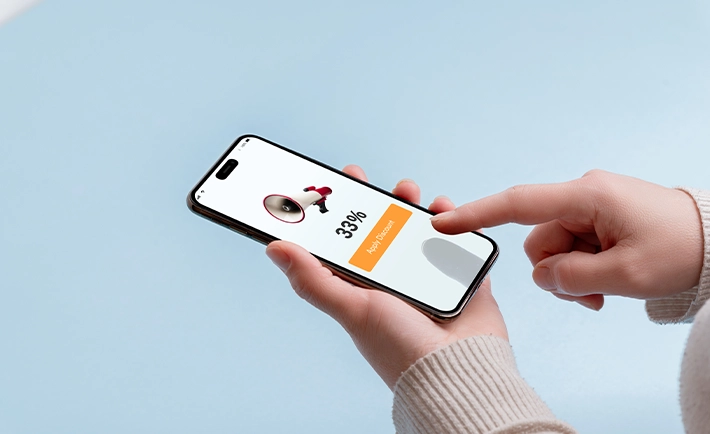
Enhancing Your Landing Page
Key Elements of a Converting Landing Page
Your landing page is where conversions happen. Ensure your landing page aligns with your ad message. The headline should match the ad copy, and the content should expand on the promises made in the ad. Include clear and compelling calls to action, high-quality images or videos, and social proof such as testimonials or reviews. A well-designed landing page enhances user experience and increases the likelihood of conversions. When the ad and your landing page don’t align, that’s one of the common reasons your Facebook ads aren’t converting.
Common Landing Page Mistakes
Several common mistakes can hinder your landing page’s performance. These include slow loading times, cluttered design, lack of mobile optimisation, and unclear calls to action. Make sure your landing page loads quickly, is easy to navigate, and provides a seamless user experience on all devices. Avoid overwhelming visitors with too much information; keep the design clean and focused, especially for ads but not seeing results. Addressing these issues can significantly improve your conversion rates.
Optimising for User Experience
User experience (UX) is critical for landing page success. Ensure that your landing page is easy to navigate, visually appealing, and provides a seamless experience for visitors, especially when running ads. Use clear headings, concise paragraphs, and relevant visuals to guide users through the page. Optimise for mobile devices to accommodate the growing number of mobile users. A positive user experience can increase engagement and ultimately boost your conversion rates, ensuring that more visitors convert into customers.
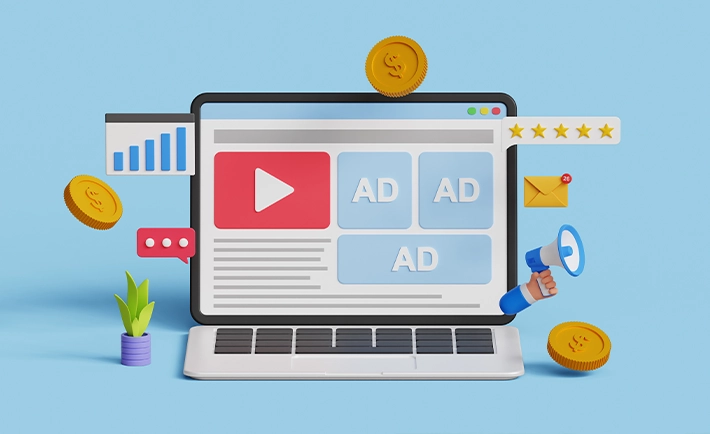
Adjusting Ad Spend and Targeting
Maximising Your Ad Budget
To truly maximise your ad spend in your ad campaigns, you must carefully monitor and adjust your bids based on performance. Identify which ads aren’t converting effectively and allocate more budget to those ad creative and ad sets that are driving the best results. Continuously analyse your campaign data to understand cost per acquisition (CPA) and return on ad spend (ROAS). Effective ad spend management ensures you’re not wasting money on underperforming Facebook ads and optimise your resources for higher conversion rates. Understanding what’s going wrong is crucial to getting this right.
Utilising Meta Ads Effectively
To utilise Meta ads effectively requires a deep understanding of the platform’s features and capabilities. Take full advantage of Meta’s advanced targeting options, ad formats, and automated tools. Regularly update your Facebook ads creative and ad copy, keeping them fresh and relevant to your audience. Use A/B testing to refine your ad campaigns and optimise your ad spend for better results when running ads. Effective utilisation of Meta ads leads to higher Facebook ads conversions and improved campaign performance. Ensure you have a functional Meta Pixel installed for accurate conversion tracking.
Refining Audience Targeting
Refining audience targeting is crucial for improving your ad conversion rates. Analyse your existing customer data to identify patterns and characteristics of your best customers. Use Meta’s custom audiences and lookalike audiences to reach new people who are similar to your current customer base. Continuously monitor your audience performance and adjust your parameters based on the data. By reaching the wrong people your ads don’t convert, so refining your audience ensures your ads are shown to those most likely to be interested in your product or service.
.
Measuring Success and Adjusting
Tracking Conversion Metrics
Tracking conversion metrics is essential for understanding the success of your ad campaigns. Monitor key metrics such as click-through rate (CTR), conversion rate, cost per conversion, and return on ad spend (ROAS). Use Meta’s analytics tools and conversion tracking to gather data on how your ads are performing. Regular monitoring allows you to identify trends and make informed decisions to optimise your campaigns and make sure that your Facebook ads aren’t converting.
Iterating Based on Feedback
Iterating based on feedback involves continuously refining your ad campaigns based on the data you collect and the insights you gain. Regularly review your ad performance metrics and identify areas for improvement. Test different ad creative, ad copy, and targeting parameters to see what resonates best with your audience. Use A/B testing to compare different versions of your ads and optimise for better conversion rates, particularly in Google Ads. A commitment to iteration ensures your ad campaigns continuously improve over time and helps you fix what’s going wrong.
Common Pitfalls to Avoid
Several common pitfalls can hinder the success of your ad campaigns. Avoid neglecting mobile optimisation, using irrelevant ad creative, and failing to track conversions accurately. Another common mistake is not aligning your ad and your landing page. Ensure that your Facebook ads creative and ad copy match the content on your landing page to provide a seamless user experience. By avoiding these pitfalls, you can improve your ad performance and achieve higher conversion rates and fix the reasons your Facebook ads aren’t converting.


